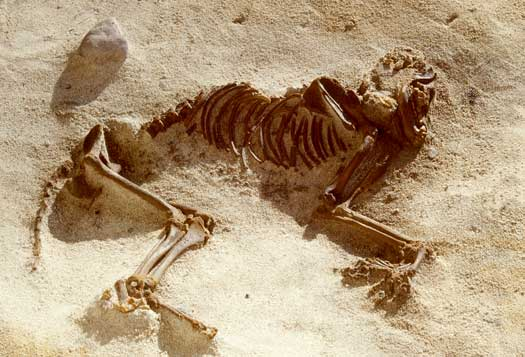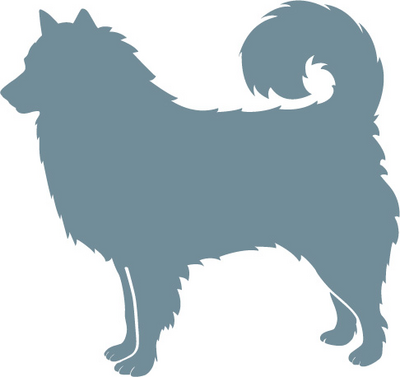Man’s best friend
Elk hunting required knowledge and hunting tools. On the hunt the dog really was man’s best friend. Dogs were very effective at tracking elk and pursuing them out into the lakes, where the hunters could harpoon them. The elk’s fear of them can be explained by dogs’ similarity to wolves, which were the elk’s chief natural enemy. The elk instinctively retreated into water to escape. The dogs of the Maglemosian period were, in shape and size, similar to today’s husky-type dogs. It may be that specific types of dog were used for different kinds of hunting. At times dogs were eaten. This is indicated by finds of dog bones showing splitting for marrow and cut marks.



